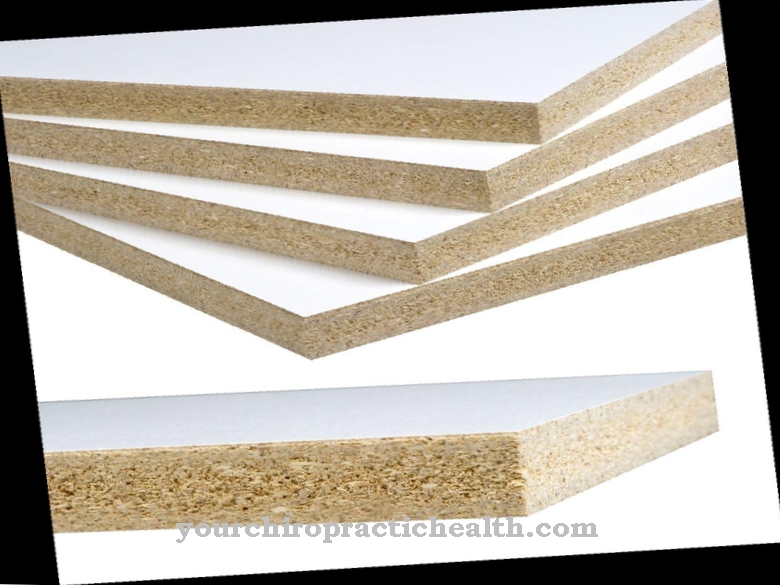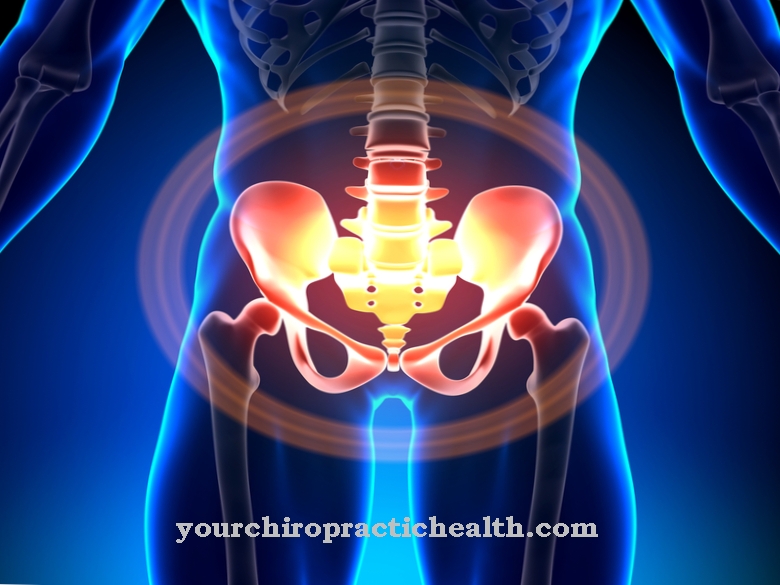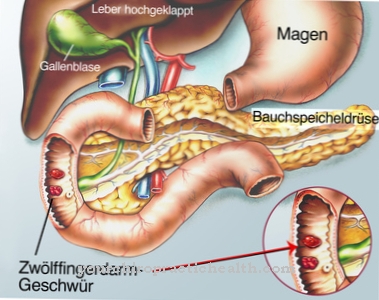Of the Renal tubule Together with the kidney corpuscle, forms the nephron and thus the structurally smallest element of the kidney. The individual renal tubules together form the tubular system, which is responsible for the reabsorption of substances such as water and the excretion of the remaining substances. Inflammation in the tubular tissue can in individual cases lead to renal insufficiency.
What is the renal tubule?
The tissue of the human kidneys is made up of tubular structural elements. These structural elements are also called Renal tubes, Renal tubules or Renal tubules known.
The renal tubule is part of the nephron. It is the smallest structural element of the kidney that contains kidney corpuscles in addition to the kidney tubules. The kidney corpuscles of the nephrons continuously filter primary urine from the blood. Certain substances from it are absorbed in the tubules. The terminal urine is formed in the renal tubule. Together, the renal tubules form the tubule system of the kidney. This system absorbs various substances and especially water into the blood and releases the rest into the urine.
This selection of substances is possible for the tubular system primarily through the capillary network that surrounds it. The fabrics are selected on the network mainly based on size. A selection is also made using the tight junctions that connect the cells of the tubule.
Anatomy & structure
Depending on the position in relation to the glomerulum, three sections of the renal tubule are distinguished. The proximal tubule is also called the proximal tubule and consists of a pars convoluta and a pars recta. The intermediate tubule is called tubulus attenuatus in technical terms. It contains a descending pars descendens and an ascending pars ascendens.
The distal tubule is called the distal tubule and, similar to the proximal part, is made up of a rectal part and a convoluted part. Like the proximal tubule, the distal tubule also consists of a coiled part, the pars convoluta, and a straight part, the pars recta. Together with the straight parts of the proximal and distal tubules, the entire intermediate tubule is functionally referred to as the loop of Henle, which forms hyperosmotic urine.
The so-called connecting tubule and the collecting ducts developed embryologically differently from the renal tubules and are therefore not included in the nephron. With the tubular system they nonetheless form a functional unit of the nephron. The tubes of the renal tubule consist of a cubic resorption epithelium. The connections between the cells are permeable tight junctions.
Function & tasks
The function and task of each renal tubule is the reabsorption and secretion of electrolytes, carbohydrates, low molecular weight proteins and water. The individual kidney tubules are thus involved in regulating the body's own water balance, for example. In addition, they excrete substances such as urea and creatinine from the body that are subject to urine. The same goes for toxic substances such as drugs.
The renal tubules also play an equally important role in regulating the dissolved electrolyte content in the blood. These include potassium, sodium, calcium, phosphate, magnesium and bicarbonate. The tubules take care of the reabsorption of certain substances. Reabsorption is an organic process that actually causes excreted substances to be reabsorbed by living cells and tissues. In the case of the renal tubules, the reabsorbed substances are primarily water. Around 99 percent of the water in the urine is absorbed back into the blood. The capillary network that spans the tubular system is particularly relevant for the reabsorption of the substances. The capillary network consists of a total of capillaries and forms a fine network over the tissue that intercepts or allows substances to penetrate according to size.
Transcellular and paracellular reabsorption takes place primarily in the proximal tubule. In addition to water, mainly glucose, amino acids, sodium cations and carbon dioxide are reabsorbed. Paracellular reabsorption mainly affects chloride anions and Ca2 + ions, which migrate directly into the cells via the leaky tight junctions of the system. Secretion in the proximal tubule is limited to H3O + ions and hydrogen carbonate ions. The renal tubules receive energy for passive mass transport of H2O, H3O + and hydrogen carbonate or CO2 from the concentration gradient, which is maintained by high carbonic anhydrase activity.
Diseases
The proximal tubular cells in particular are relevant for various kidney diseases and functional disorders of the kidney. An example of this is glomerular proteinuria. Chronic transplant nephropathy can also be used as an example.
If the proximal tubular cells are damaged or strongly irritated, signal cascades arise from messenger substances. Through these cascades, the protein production of the complement system can be stimulated. Chemokines or cytokines and extracellular matrix components reach the proximal renal tubule. These locally produced messenger substances can damage the tissue of the tubule, as they attract leukocytes. Macrophages, T cells, and granulocytes can cause inflammation in the tissues. This inflammation can affect kidney function and eventually cause kidney failure. In the treatment of an inflammation that occurs in this way, targeted immunosuppression in the proximal tubular cells can reduce the inflammation and thus usually prevent the consequences of the insufficiency.
Disorders of the kidney tubules can also be genetic in individual cases. Mutations in the LRP2 gene, for example, lead to a loss of function of certain receptors. The gene codes in the DNA for the membrane protein megalin, so that the mutation at least reduces the functionality of the receptor. The result can be proteinuria. The Donnai-Barrow syndrome is extremely rare, but can be favored by the described mutation in individual cases.




.jpg)








.jpg)

.jpg)
.jpg)











.jpg)